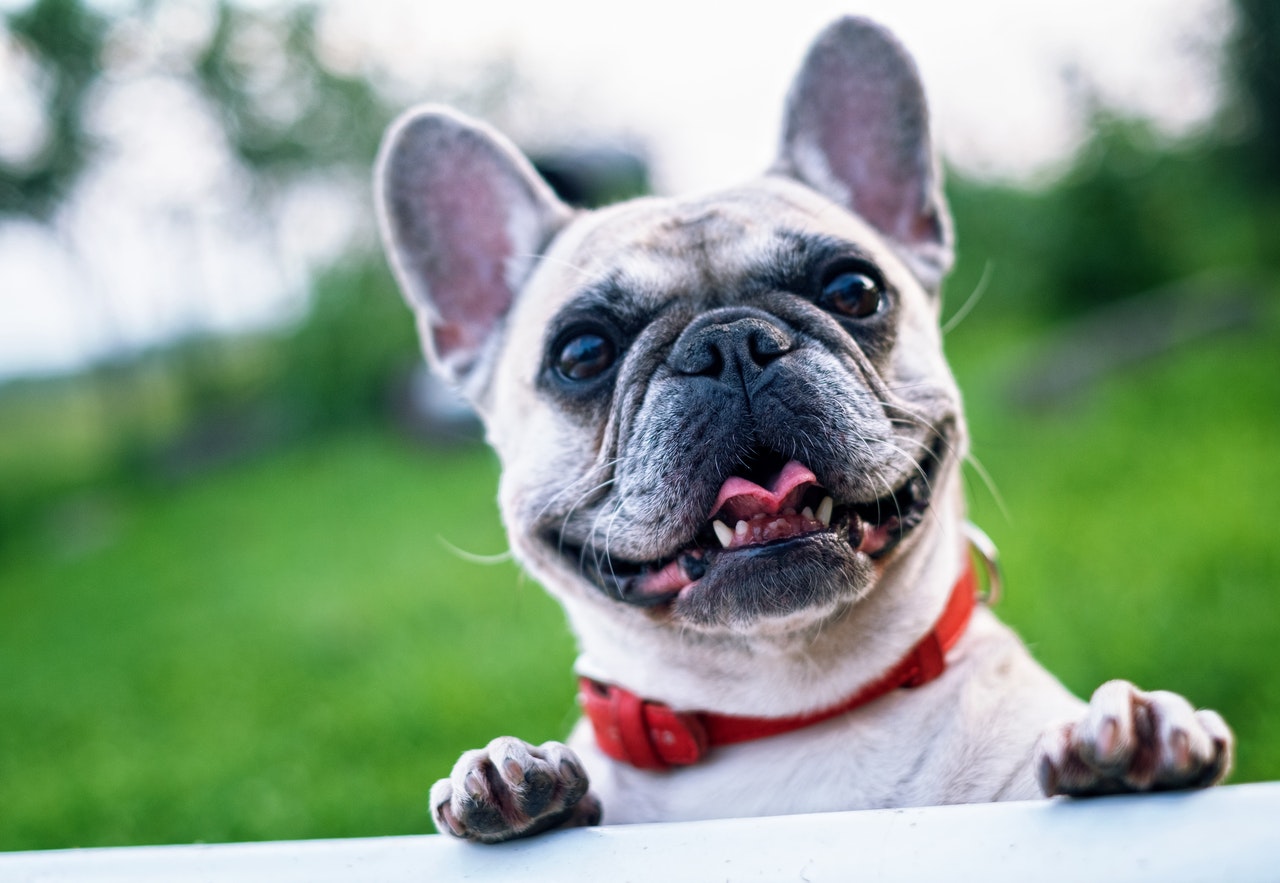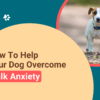
Ever wonder why dogs eat grass? All those times when you let your dog outside and he starts munching on grass.
Maybe your dog threw it up later, but it’s more probable that it didn’t. In any case, it raises the question of why dogs eat grass in the first place. One popular belief is that dogs use grass as a natural treatment to make themselves vomit. Fido might start grazing if he’s feeling gassy or if something else is bothering him in his digestive system that he wants to get rid of. However, there isn’t much proof for that, and while eating grass can cause vomiting, it only affects around a quarter of dogs. Rather, the most straightforward answer is that dogs eat grass because they enjoy it.
Let’s face it, the average dog will try to eat just about anything if given the opportunity, and wolves, coyotes, and other wild canines are known to eat plants. Dogs are omnivores, unlike cats, which are strictly carnivores. Not only will they eat everything if they’re hungry enough, including fruits, berries, and grass, but many wild dogs will also hunt herbivores and devour their stomach contents whole. As a result, some experts believe that grass eating is a natural way for domesticated dogs to eat a variety of foods.
If your dog consumes a lot of grass, he or she may be suffering from a nutritional shortage. Dogs, like humans, lack the enzymes needed to break down cellulose, the main source of energy in grass. As a result, they could simply be grazing for fiber. However, some grasses can give enough levels of nutrients such as phosphorus, calcium, and potassium, which may explain why some dogs are known to eat exclusively specific types of grass.
In either case, a little grass-eating is quite natural and harmless, as long as the grass hasn’t been sprayed with herbicides and pesticides.
Are There Other Reasons Why Dogs Eat Grass?
Given that dogs can’t digest grass, is there another reason why they eat it? Your dog might be looking for chlorophyll. Chlorophyll is a green pigment found in plants and algae. Its structure is similar to that of your dog’s hemoglobin, which is an important component of his red blood cells that transport oxygen throughout his body. When your dog encounters chlorophyll, he assists in the replenishment of red blood cells. Chlorophyll also protects your dog’s cells from cancer-related harm.
Your dog can’t choose green vegetables when he needs them, and grass isn’t a great source of chlorophyll because it’s hard to digest, but you can give him a healthy helping of chlorophyll by using minced or lightly steamed vegetables like organic kamut. You should mince or steam your dog’s vegetables so that he can digest them, or if it’s easier, you can add phytoplankton to your dog’s diet and you’ll also get healthy fats and trace minerals along with chlorophyll. Now I hinted that grass-eating might be a sign of digestive upset, and that’s because grass can’t be digested.
If your dog is eating grass because he’s not feeling well, you’ll likely notice other signs of sickness, such as licking his lips, drooling, or just looking punky. If that’s the case, a trip to the vet is in order, but if your dog is eating grass and appears to be fine, it’s time to talk about the problem.
If you’re concerned about your dog’s nutrition or digestion, you may always seek advice from your veterinarian about dietary adjustments. You can also be grateful that they’re focusing on the grass rather than the excrement, because that occurs!






